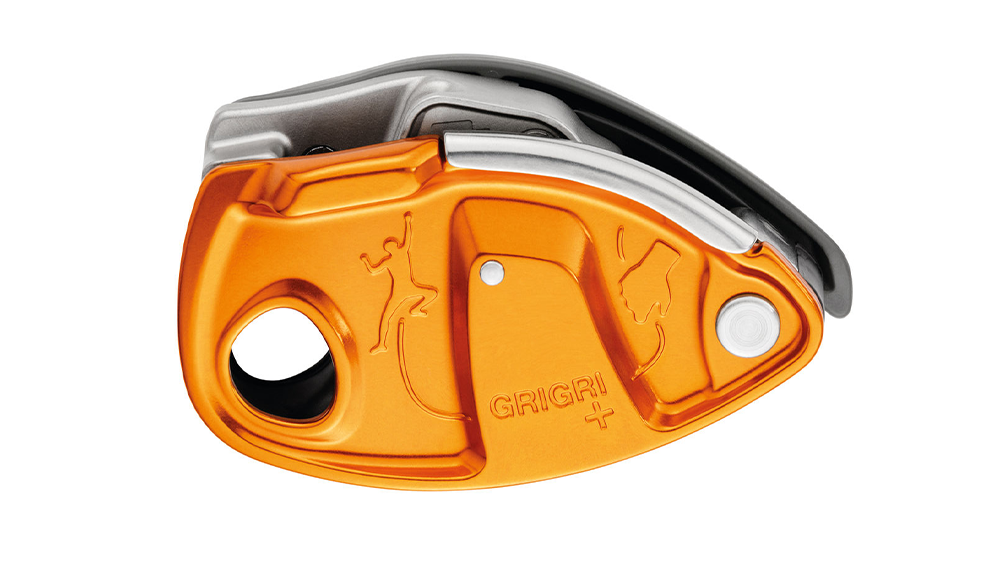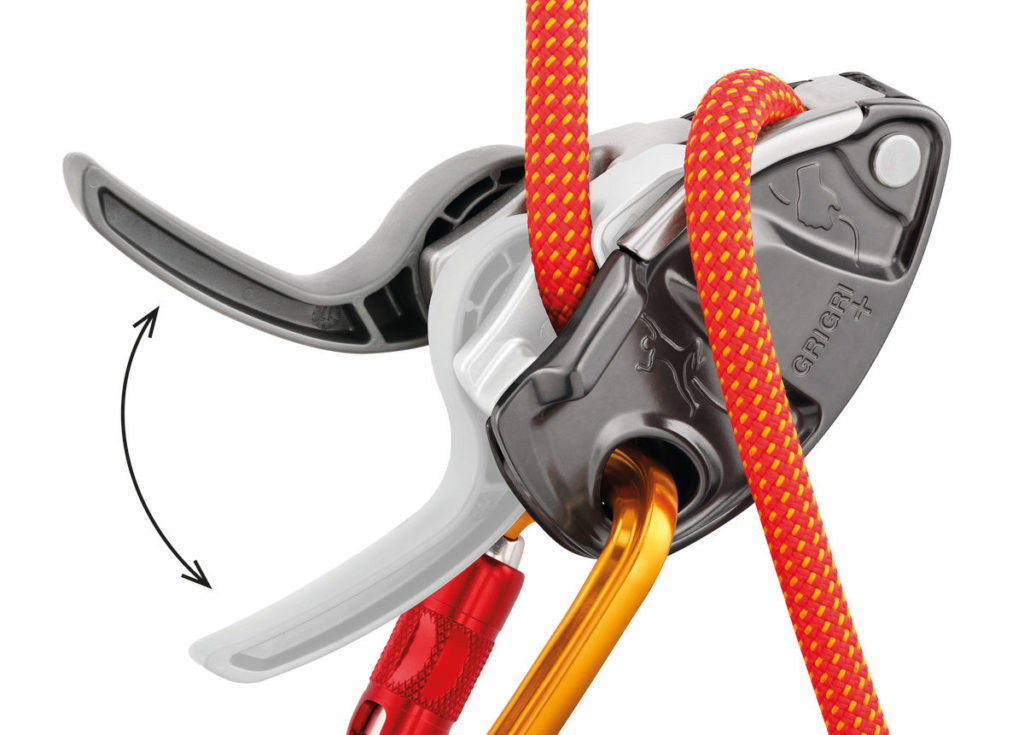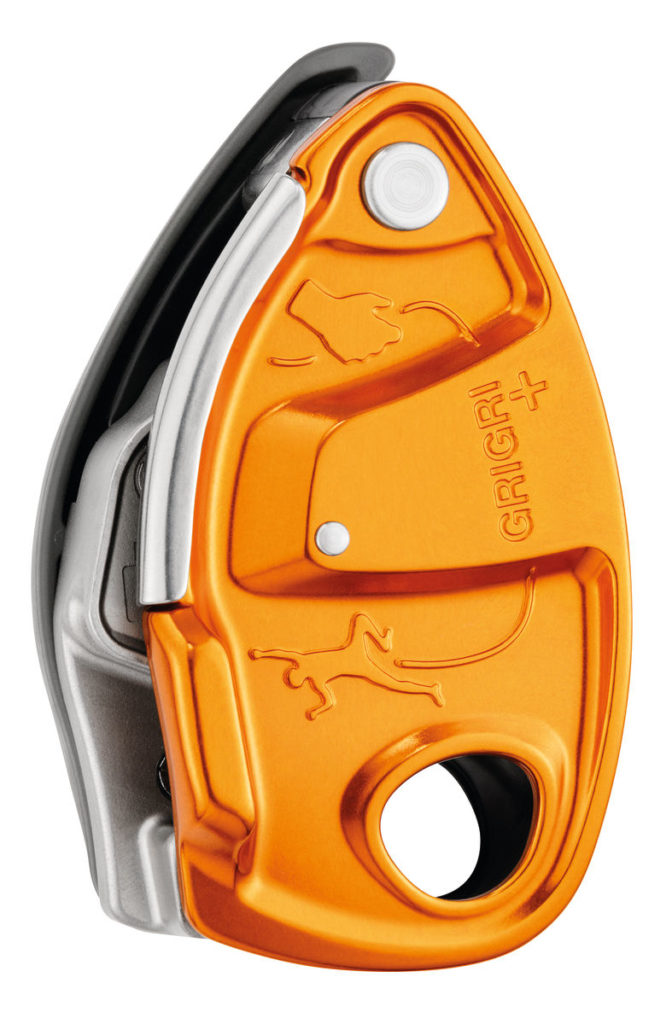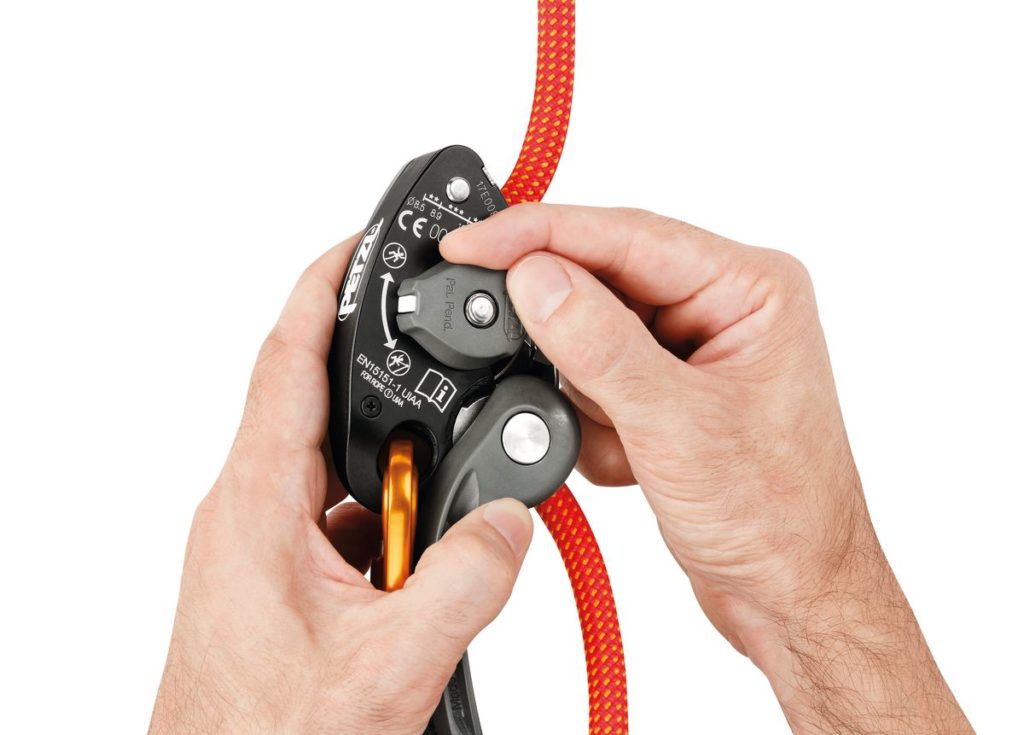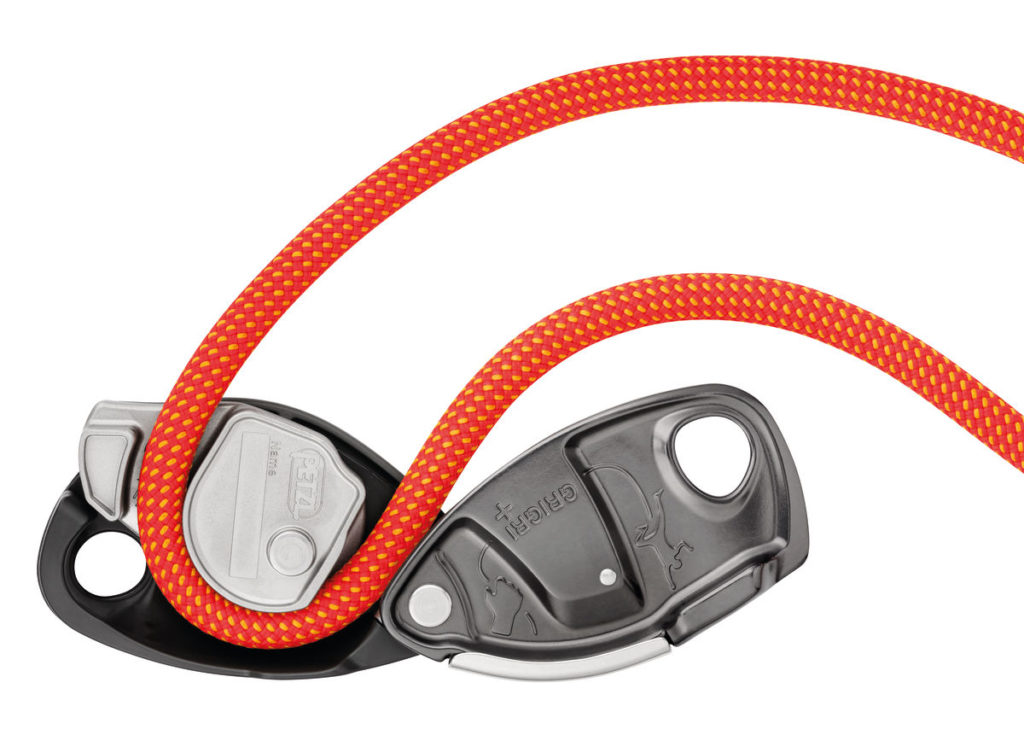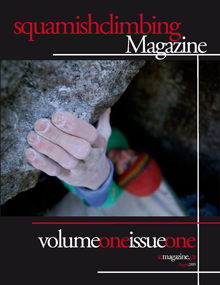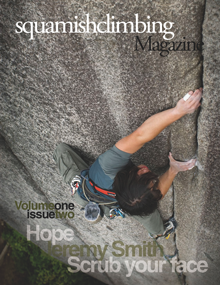Picking up the Petzl Grigri + and holding it in our hands, we were immediately reminded of first being introduced to the Grigri 2 from the original Grigri. Resistance to the new device was high across the the climbing community and even now, you will find a few die hards holding on to their big bulky original Grigri.
The changes made between the first and second model were not drastic, but the device felt different enough than the previous model; it was too smaller; it didn’t offer much more control, and initially, people simply didn’t like it. Over time, our feelings for the new device changed as we grew accustom to its new characteristics, deeming them substantially better than the original model. Looking back now, we could not imagine belaying on a regular basis with the original Grigri.
The parallels between the intruduction of the Grigri 2 and the Grigri + are much the same. Over our eight week testing period of the Grigri +, we went from not liking the new device, to tolerating its subtleties and then finally, strongly preferring it over the previous model.
We will be the first to tell you that the device has it’s flaws. However, the changes in rope control alone make the Grigri + worth a try!
First and foremost, the Grigri + introduces a number of new features to the device including better control when lowering, a steel plate to reduce wear and increase the life of the device, and a new setting that allows for better camming and less effort during top-rope belaying.
Rope Control
Out of all these features, the one that stands out the most is the rope control offered by the Grigri+. With a slightly larger handle and a change to the pivot of the camming device, the Grigri + allows for much more feel and control between the start and stopping position of the rope when lowering. Furthermore, the Grigri + reduces the amount of power required to start an initial lower, making it much easier to belay when a climber is working a project. Switching back and forth from the Grigri 2 to the Grigri +, we noticed that when lowering with the Grigri 2, we used both the handle and the friction of our hand to find a decent lowering speed for the climber. When using the Grigri +, we were able to control the rope speed almost entirely with the handle alone, allowing us for much more control of the climber.
Reduced Wear
The second thing we love about the Grigri + is the new steel plate. Over the past six months, we have been using the Grigri + exclusively and it showed no signs of wear on the plating when the rope runs over the side of the device. It also looks as though this plate has been designed to be replaceable, although we have not seen any signs from PETZL for this being an option.
Petzl has also made a change the back of the Grigri, adding a separation piece on the camming device that sits between the metal casing of the Grigri + and the rope. This change substantially reduces wear on the back of the Grigri that was often caused by top rope belaying.
It should be noted that during out testing period we noticed some wear on the inner workings of the gri gri + and these wear patterns seemed slightly more than previous models, especially where the rope is pinched by the camming device. At the time of writing, we could not determine if Petzl had changed the alloy used in the camming device or whether the wear was due to an extraneous variable such as the diameter of the rope we were using or the sandiness of the places we were climbing during the testing period.
Tope Rope Mode vs Lead Belay Mode
For those who are doing a lot of top roping, the Grigri + offers a ‘top-rope’ mode that allows the camping device to tighten faster on the rope, providing more control for the belayer and less energy when belaying. Moving the device from lead mode to top-rope mode is relatively easy and can be changed with any little stick lying on the ground.
During our field test, we used the Grigri + on a variety of terrains, from slab and vertical climbing to steep overhanging caves. When belaying on vertical or slightly overhanging terrain, there is virtually no difference between the Grigri + and previous models when lowering the climber other than the smoother action and control mentioned above. However, when belaying and lowering on overhanging terrain the safety stopping mechanism added to the the Grigri + often interfered with lowering the belayer. Commonly experienced when lowering light climbers, the stopping mechanism engaged when lowering because of a lack of weight put on the device by the overhanging nature of the rock, thus resulting in more stops or arrests of the rope when lowering. We found that this could be mitigated by pushing down on the first joint of the handle but it did take time to get used to and resulted in some odd lowering during initial use.
Stopping Mechanism
Designed to be a safer device for belaying than the previous model, the Grigri + features a stopping mechanism for when the handle of the Grigri + is pulled too far back in a panic situation. When pulled back too far, the handle of the Grigri + disengages with the camming device of the Grigri +, holding the climber in place until it is returned to its original position. In theory, this is a welcomed innovation in safety from the team at Petzl. However, in practice, we found that this mechanism could be overridden by simply pushing further on the handle.
As an experienced climber, we first tested this feature with caution by lowering a climber from the anchor of a then letting out rope faster until the stopping mechanism kicked in, suspending the climber in the air safe above the ground. Repeating this test numerous times, we felt that the new device provided a security missing from previous models.
However, after simulating a more ‘panicked’ pull of the handle, we noticed that if the handle is pulled in a true ‘panic situation’, it only takes a little more momentum on the handing to actually pull completely through the new stopping mechanism which then causes the rope to move through the device in a much faster and less controlled way. Putting ourselves in a beginners perspective, the stopping mechanism on the Grigri + is a welcomed safety feature but in a true panic situation, where a climber is pulling on the handle with a lot of force, it does not take much to go from engaging the stopping mechanism to then lowering without control.
We decided to check in with the folks at Petzl to see what they had to say about the stopping mechanism and here is what they wrote back to us.
The designers at Petzl made the GRIGRI + so that you can bypass the anti-panic so that the device is still usable when there is too much friction and not enough weight in the system. Otherwise, in very specific situations, the anti-panic could be able to be triggered continuously. There are exceptional short-term uses that were identified that need that ability: too much friction/rope-drag, a lightweight climber, right before the lowering climber touches the ground, the beginning of a lower when the climber is right next to the anchors, etc.
There are many ways to disable and disengage the safety features of any belay device (assisted braking or not). Climbers should be aware of what those factors are and do their best to avoid them. And that is also why every manufacturer also keeps trying to drill into climbers’ heads that climbers always need to keep their hand on the brake strand or properly tie it off if they need to go hands-free.
In our opinion, the ability for the rope to slide through the device after the stopping mechanism has been engaged does not completely negate the new safety features of the device but it certainly does not make it as effect as described and potentially puts new climbers in a more dangerous situation if they are relying on this safety feature alone and not prescribing to the belaying instructions provided by Petzl.
Overall
Overall, after testing the Grigri + across a six month period on a variety of climbing terrain, we decidedly prefer the Grigri + over the previous models. For rope control alone, the Grigri + is worth a look, not to mention the introduction of other features including its steel plate to reduce wear and the model changes from lead climbing to top rope belaying. For us, the new safety features of the Grigri + are a good addition to the device but fell short of what was expected and were often more of an annoyance for experienced climbers. The real sticking point on the Grigri + is that is costs almost 30% more that the Grigri 2, making it a tough pill to swallow for the climber on a budget. Nonetheless, the Grigri + is now our go to belay device and we would highly recommend it for beginner to advanced climbers alike.
The Gri Gri + can be purhase at Climb On Squamish ($190.00) and MEC ($188.00).
